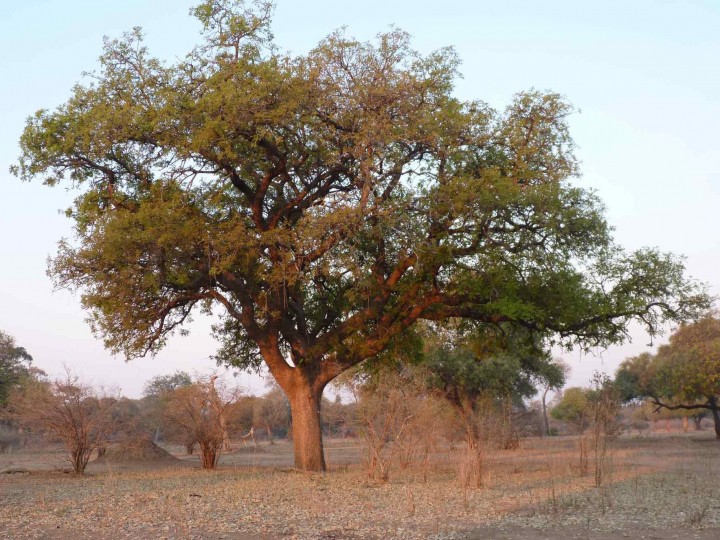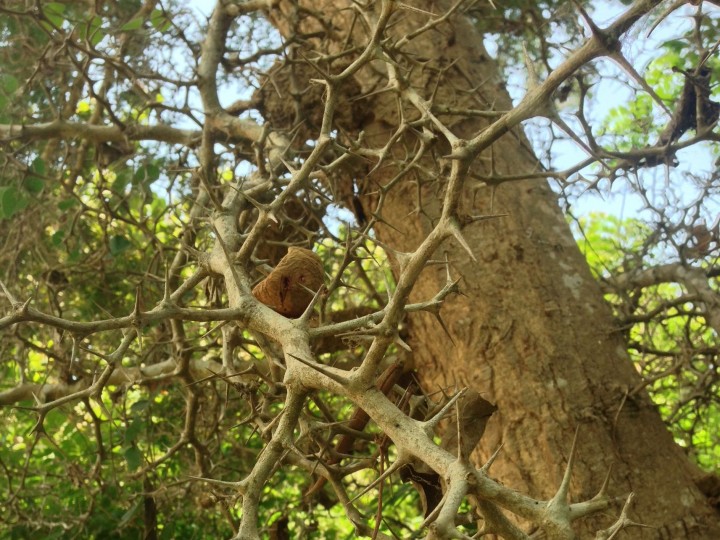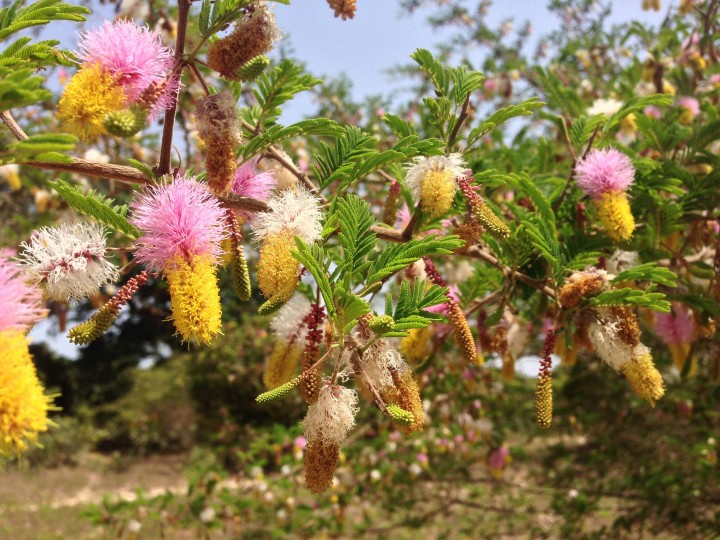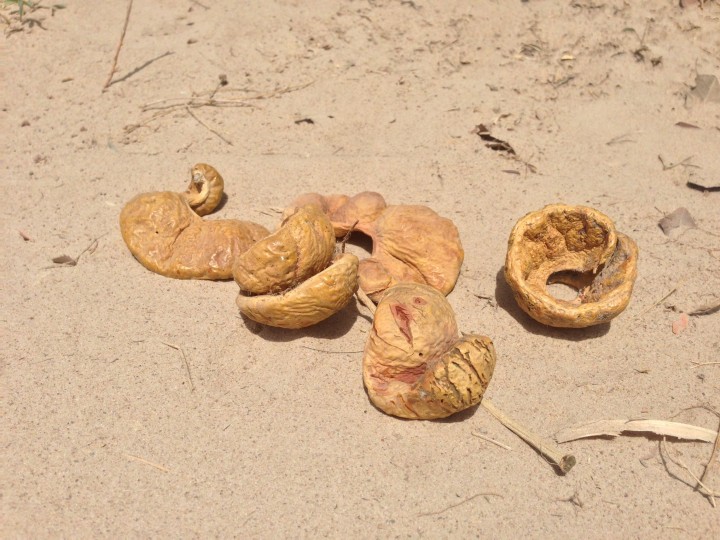Cad - Faidherbia albida or Acacia albida
Posted 01.01.2018 by Team Ecofund - View commentsDescription
The Cad (sometimes spelled Kadd), also known by its scientific name, Faidherbia albida or Acacia albida, is a species of the Mimosaceae family. Named Nississa in Diola, the cad is covered in thorns and can reach 20m in height. This plant lives counter-seasonally: with its very deep roots, it is able to bear leaves and fruit during the dry season and, contrary to other trees, its leaves fall during the rainy season. The cad is native to Africa and to the Middle East. Because it lets the sunlight pass through its foliage, the cad can grow alongside numerous other species. Its fallen leaves turn into mulch for the other trees to develop during the rainy season. The cad is vulnerable to fire.
Uses
The pods of the cad are a favourite of cattle. In Casamance, the species is also of great use in apiculture: the flowers of the cad provide their pollen to the bees at the end of the rainy season, when most of the other local plants have still not flowered. A tea brewed from the bark is used against fever, coughs, kidney diseases and dementia. Mixed with palm oil, this beverage also helps women to give birth more easily. And the cad provides an excellent wood for charcoal.
Caution: The cad attracts the thunder more than other species. Do not shelter under it during a storm!
Did you know…
The nickname of this species is “the baker tree” because it provides bread (the pods) to cattle during the dry season.





